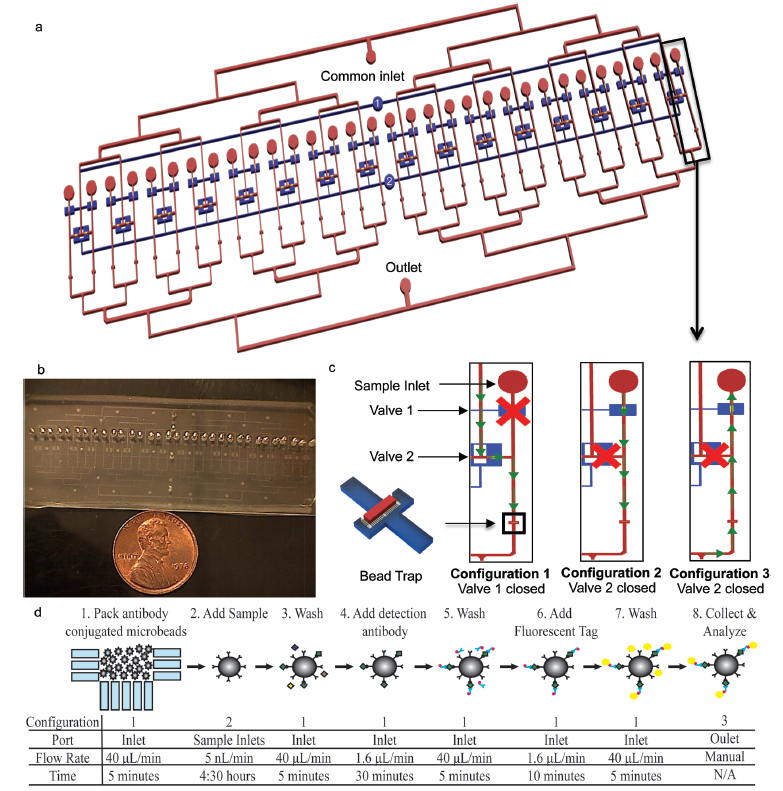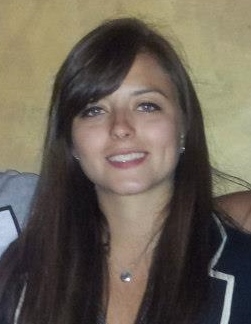Lab on a Chipis delighted to share with you our Thematic Collection ondroplet-based single-cell sequencing.
Thedroplet-based single-cell sequencingfield is advancing very rapidly.Large numbers of studies are underway to collect and explore the new information that is now accessible with single-cell RNA-seq.Improvements to the microfluidics are also advancing rapidly.This collection of papers and reviews focusses on the between the technological advancements and high impact applications of droplet-based single-cell sequencing.
This topical and exciting collection is collated by Thought leader Dave Weitz and theLab on a ChipEditorial Board.The collection is introduced in aperspective on single cell sequencingby the Thought leader Dave Weitz,and in two editorials,one on "InDrops and Drop-seq" by Allon Klein and Evan Macosko and one on "an engineer and business person's perspective" by businessman and engineer Mark Gilligan.
Read the full collection at: http://rsc.li/drop-sc-seq
Below is a selection of content highlights featured in the collection.In addition,all papers are free to read until 31stMay*
Perspective
Droplet-based single cell RNAseq tools: a practical guide
Robert Salomon,David Gallego-Ortega,et al.
Critical Review
Finding a helix in a haystack: nucleic acid cytometry with droplet microfluidics
Iain C.Clark and Adam R.Abate
Paper
High throughput gene expression profiling of yeast colonies with microgel-culture Drop-seq
Leqian Liu,Adam R.Abate,et al.
Paper
Marjan Biočanin,Bart Deplancke,et al.
Lab on a Chipis the leading journal publishing significant and original work related to miniaturisation,at the micro- and nano-scale,of interest to a multidisciplinary readership with an Journal Impact Factor of 5.995**.The journal is guided by Editor-in-Chief Abraham (Abe) Lee (University of California,Irvine) who is supported by our team ofAssociate Editors(Yoon-Kyoung Cho,Petra Dittrich,Hang Lu,Jianhua Qin,Manabu Tokeshi,Joel Voldman and Aaron Wheeler).
We hope you enjoy reading the papers within this Thematic Collection and we welcome future submissions on droplet-based single-cell sequencing.
Dolomite/Lab on a ChipPioneers of Miniaturization Lectureship–deadline approaching-nominate a colleague now!
Organ-on a-chip systems- translating concept into practice thematic collection–Submit now
Organ-,body- and disease-on-a-chip thematic collection–Read now
Personalised medicine:liquid biopsy–Read now

















